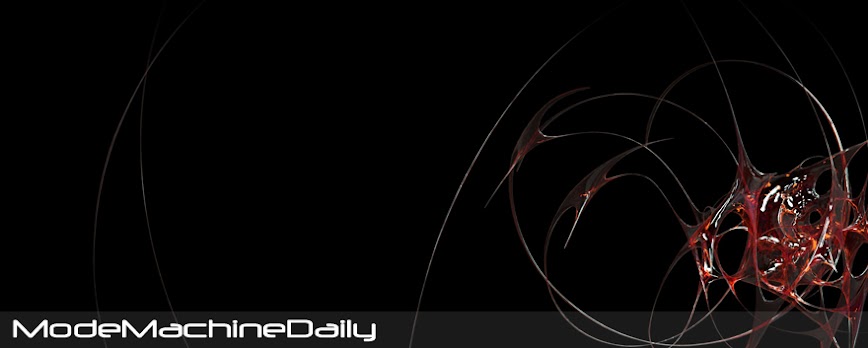Many of you may have heard recently that there may be something in the universe that moves faster than light. The neutrino. This discovery has the science community scratching it's head because if that is the case, it throws a very large wrench into Einstein's Theory of Relativity and the physics community as a whole.
Birthed in the center of stars, neutrinos are an incredibly enigmatic little piece of the cosmological puzzle. First off, they don't react much at all with matter. In fact, they react so little, that one neutrino would have to pass through 5 million light years of lead before there is even a possibility for it to bump into another particle. To quantify that relative to human beings, every second, trillions of neutrinos pass through your body without having any interaction whatsoever with the particles that make you, you. I know that the movie 2012 talks about neutrinos melting the earth from the inside out, but that is just not the case. From what is known in the science community, neutrino interaction is very rare. Which leads us to the topic for this blog which is the various neutrino detection facilities around the world.
Now my personal interests in neutrino detection is twofold. On one hand there is the scientific relevance of the research which I find to be incredibly fascinating. However, given that the majority of my personal scientific knowledge of neutrinos is based on whatever I can glean from reading internet articles and the occasional scientific journal, I am not what you would call an expert on the matter. So I will not attempt to give insight into the implications of neutrino research. The other aspect of neutrino detection that I find to be incredibly fascinating are the facilities that are created to detect the presence of neutrinos. They are pretty much awesome, freaky places.
Neutrino detection facilities are located deep underground or underwater to isolate the detector from cosmic rays and other background radiation. The Super Kamiokande (pictured above) for instance is located under Mt Kamioka in the Mozumi Mine in Hida, Japan. It consists of a cylindrical stainless steel tank that is 41.4 m (136 ft) tall and 39.3 m (129 ft) in diameter holding 50,000 tons of ultra-pure water. Mounted on the superstructure are 11,146 photomultiplier tubes which are incredibly sensitive detectors of light. These detectors multiply the current produced by incident light by as much as 100 million times. In the case of the Kamiokande, neutrinos are detected when a neutrino interacts with a particle in the water which in turn releases what is known as Chernekov Radiation (Chernekov radiation is seen in the glow that is produced by nuclear reactors). When this interaction occurs in the Kamiokande (and it rarely does) the photomultipliers record the event simultaneously, allowing a 3d digital depiction of the resultant radiation, allowing scientists a glimpse at how neutrinos behave when they interact.
As for now, the implications of the neutrino are not fully understood. Much like the research into the Higgs Boson, dark matter, anti-matter, etc, there are hopes however that the understanding of the neutrino will help to advance the quest for linking quantum mechanics and general relativity together into a theory of everything. In any case, like many particle physics research facilities (Cern, Fermilab,etc), neutrino detection facilities are some incredibly cool structures simply for the aesthetics created as a result of their function.
 |
| Super Kamiokande |
 |
| Borexino |
 |
| Photomultiplier |
 |
| South Pole Ice Cube Detector |
 |
| Borexino Detector |
 |
| Super Kamiokande |
 |
| Sudbury SNO Detector |
 |
| Chernekov Radiation (Not Nuetrino Detector) |



No comments:
Post a Comment